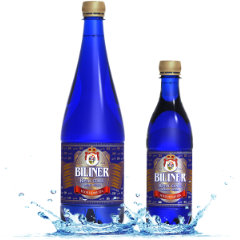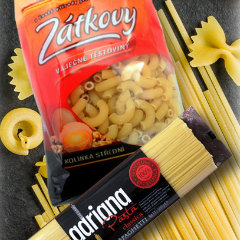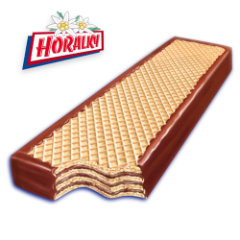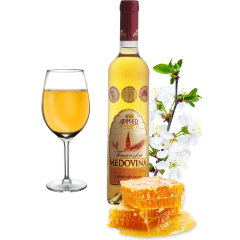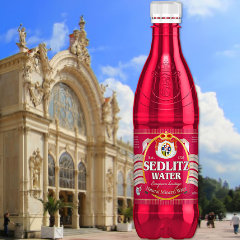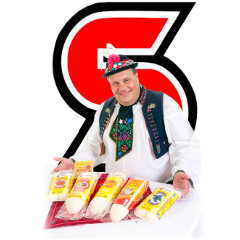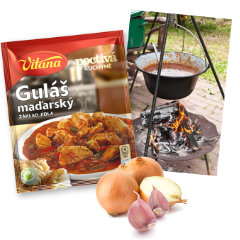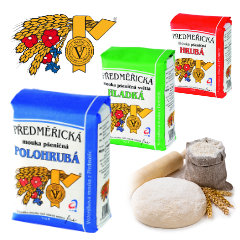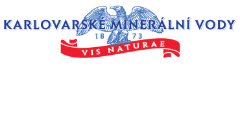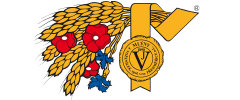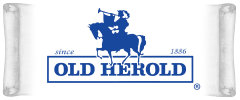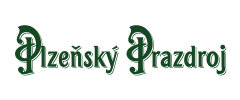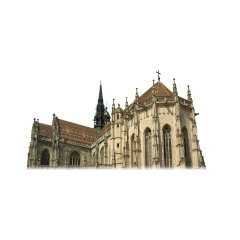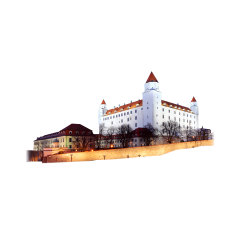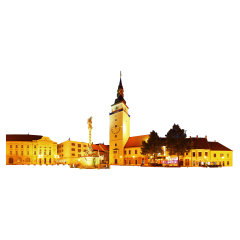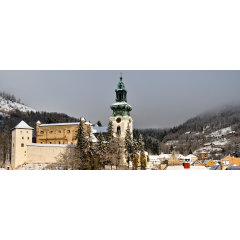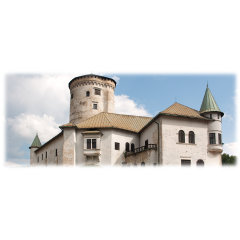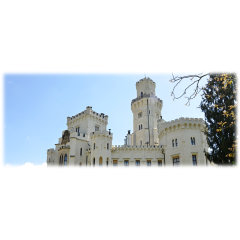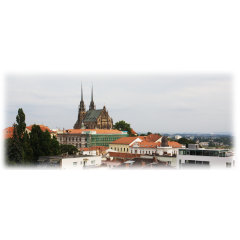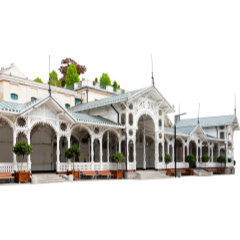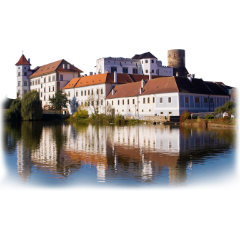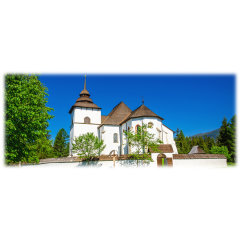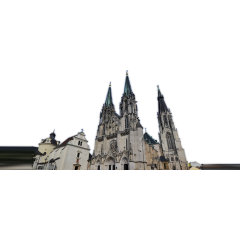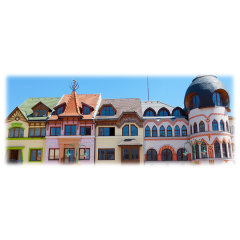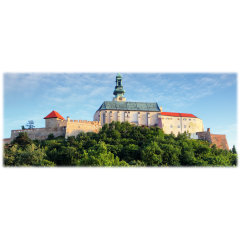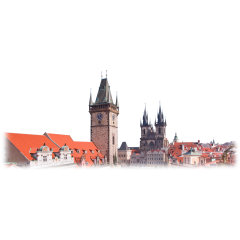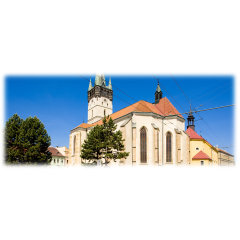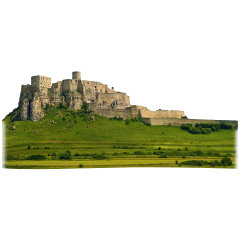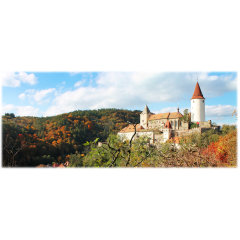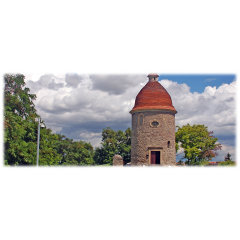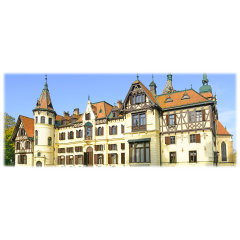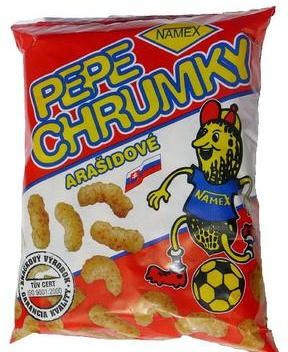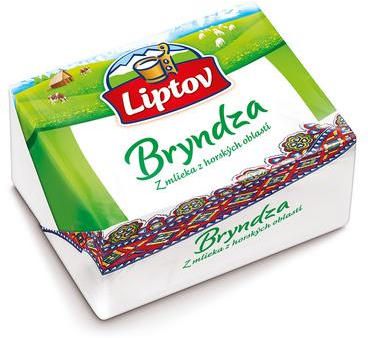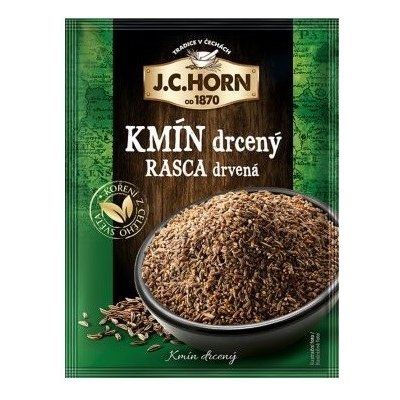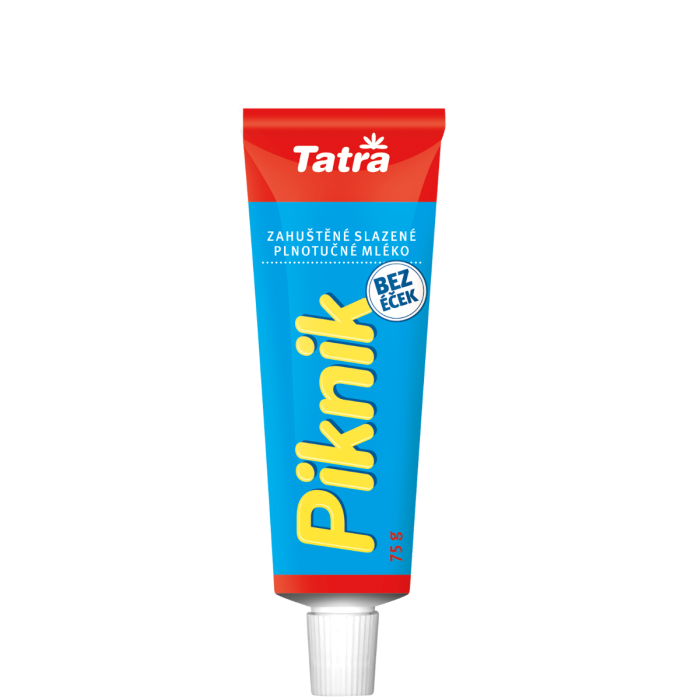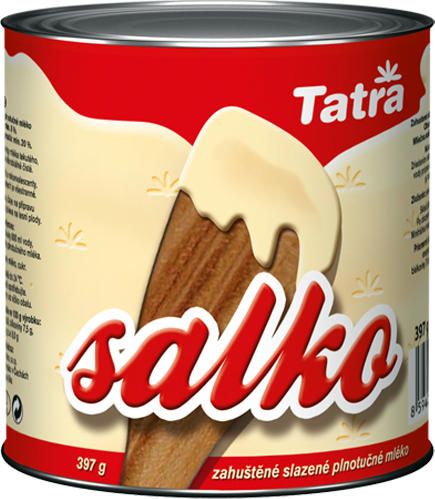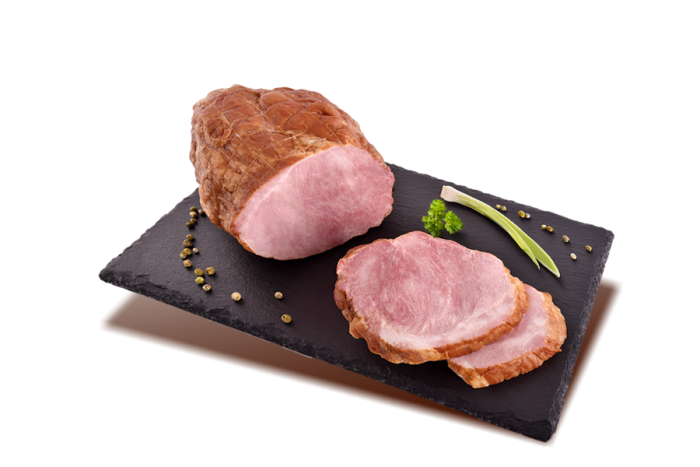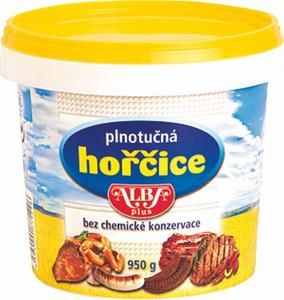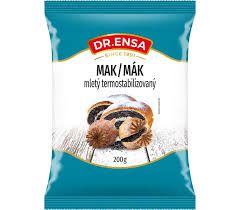Pardubicky Region
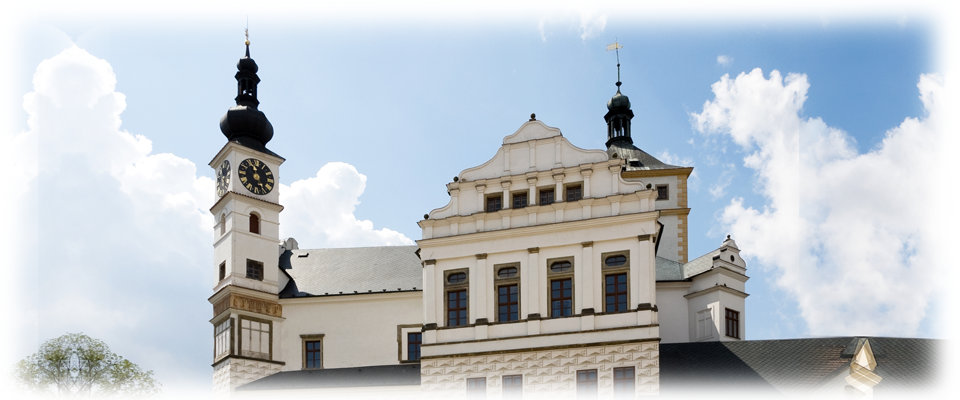
About Region
A horse’s mane flying through the air and the sweet scent of honey and cinnamon characterise this most fertile pare of the Polabi. Pardubice is a diverse region, which has a lot to offer nature, history and sports lovers. It is a region of sunny fields and grand leafy parks, majestic rivers and picturesque ponds with banks abounding with flowers and bird song. Pardubicky region is an administrative unit located mainly in the eastern part of its historical region of Bohemia, with a small part in northwestern Moravia. It is named after its capital Pardubice. With a total size of 4,519 km² Padrubice Region is the fifth smallest region in the Czech Republic. Attractions from natural tourist spots (such as the Železné Hory and the Orlické Hory) to historical monuments, mostly medieval castles established since the 13th century, all encourage tourism to the region.Velká pardubická (Pardubice Steeplechase) is a famous steeplechase cross-country run in Pardubice, Czech Republic since 1874, it is also the oldest and most prestigious horse race in Central Europe. It takes place every year on the second Sunday in October. This is the equivalent of the English Grand National, only thought by many to be much more difficult! The length of the steeplechase is 6.9 km, with 31 obstacles. It usually takes 9–10 minutes to finish the course. The fastest time recorded was 8 minutes and 58.99 seconds by Sixteen in 2008 and the slowest was over 13 minutes. Horses starting in the race must be at least 6 years old (the rules changed in 2009, previously the minimum age was 7 years) and Czech horses must qualify by finishing at least one of four qualifying races during the season. A truly exceptional monument is the horse-breeding farm in Kladruby nad Labem, famous for breeding old Kladruby horses.Other event in this region is Czech Open – the biggest chess tournament in the world. Apart from chess, other games such as scrabble, bridge, poker and mariáš are played at this event.
History
Thanks to an ideal geographical location and favourable climate, the Pardubice region has a long and rich history, which has left behind a number of cultural monuments. The area had a monastery beginning in the early 13th century . Gothic reconstruction of Pardubice in the 16th century, yet again, enriched the town and thus confirmed the saying “glitters like Pardubice”. The most significant historical monuments in the region are connected with the noble Pernštejn family, from Moravia, who had two huge castles built, at Litice nad Orlicí and on Kunětická hora near Pardubice.
The Silver A parachutists had a major influence on the local resistance movement following the Nazi occupation. Members of this regiment, Czechoslovak soldiers sent into the protectorate from England, found assistance and shelter in Pardubice and its surroundings during preparations for an attack on Reinhard Heydrich. After Heydrich’s death, however, the Gestapo took retributive action when between June 3rd and July 9th 1942 they put a number of Czech patriots to death at Zámeček on the edge of the city. Among them were residents of the nearby village of Ležáky, which the Nazis set alight to intimidate their enemies. Some 563 Jews were deported to concentration camps from Pardubice in December 1942. Then, in 1944, the city was bombarded in three separate air raids by Anglo-American air forces, which targeted the local refinery and airfield. Over two hundred and fifty people were killed as a result of the air raids and around a thousand buildings destroyed. After liberation in May 1945 most people longingly awaited a return to normal life, but the communist coup in February 1948 only brought the country another totalitarian regime.
City to know about
Pardubice lies in the centre of East Bohemia on the confluence of the River Elbe and the River Chrudimka. The town is located 100km east of the capital city of Prague, 150km north-west of Brno. The oldest preserved written reference to its existence dates back to the end of the 13th century, with Pardubice becoming a town sometime around 1340. Back then it was owned by the Lords of Pardubice, the most prominent figure of the line being Arnošt of Pardubice, the first Archbishop of Prague, advisor and friend to Emperor Charles IV, a distinguished European personality of that time. The historic square in Pardubice is home to late-Gothic and Renaissance buildings that are organically complemented by structures from later years. Today the chateau grounds in Pardubice and their fortifications are among only a few examples of the conversion from castle to chateau to have been preserved to this day. The beginning of the 20th century in Pardubice is mainly associated with Jan Kašpar, a pioneer of Czech aviation who in 1911 made the first long-distance flight from Pardubice to Prague. It was at this time that the chemical and electronic industries began to thrive in Pardubice, with two major companies at the helm - Explosia (now Synthesia) and Telegrafie (later to become Tesla). The town of Pardubice had long been known in the horse racing world. Even some trainers and jockeys from England came here to work. The current steeplechase course was established in 1856. However the course first took its present-day form in the years just after the Second World War. Pardubice has genuinely flourished in recent years. The Old Town has been reconstructed, in particular the chateau, whose dilapidated ruins have been transformed into a beautiful historic monument.
Nature
The area is of lowland character without many hills. One exception is a nearby hill Kunětická hora. The highest point of the region is the Králický Sněžník Mount (1,424 m above sea level), which is the third highest point in the CR. The Králický Sněžník Mount area with remains of original vegetation and moorland has been declared a national nature reserve. The lowest point of the region is the surface of the Labe River at Kojice (201 m above sea level). Regarding water management, the Pardubice Region is an extraordinary important area with excessive water supplies of ground as well as surface water. The Region involves many headstreams with no inflow pollution from other catchments areas. The protected landscape areas include the Železné mountains and the Orlické mountains. Other protected territories are also found here, such as the beautiful sycamore and one-hundred year old oak tree park in Choltice or the landscape in the surroundings of Bohdaneč Spa – the only spa in the region, including the highly valued National Bohdaneč pond nature reserve and other remains of the extensive Pernštejn pond complex from the turn of the 16th century.



